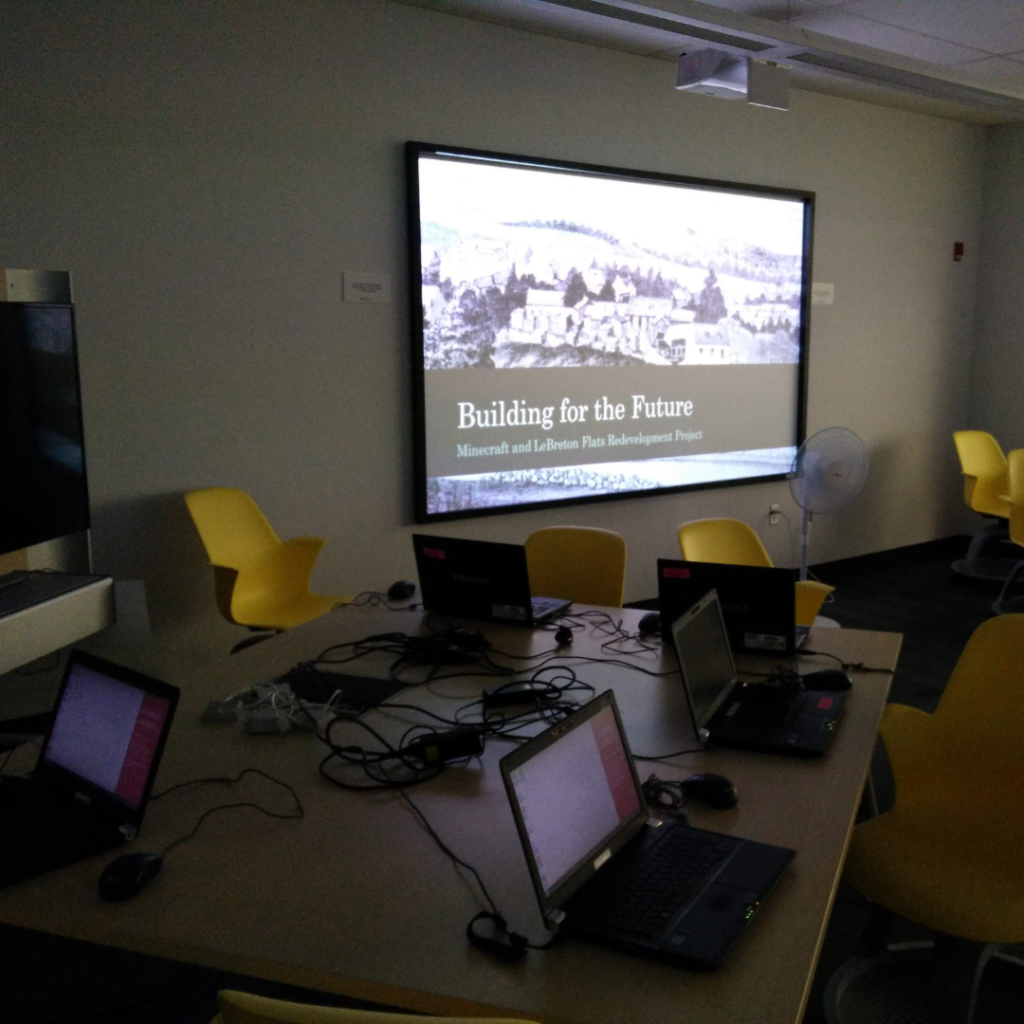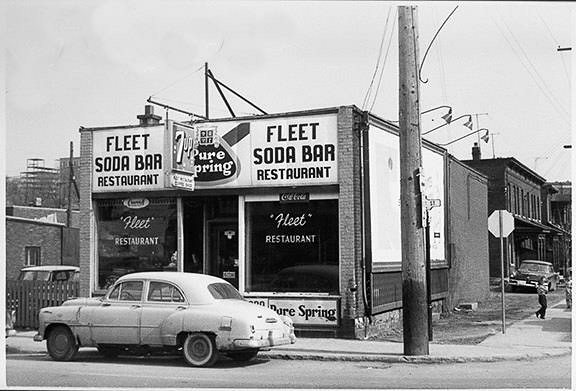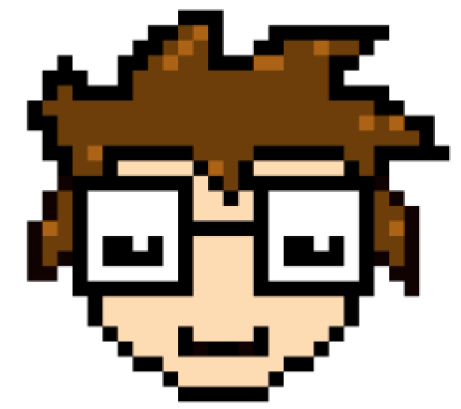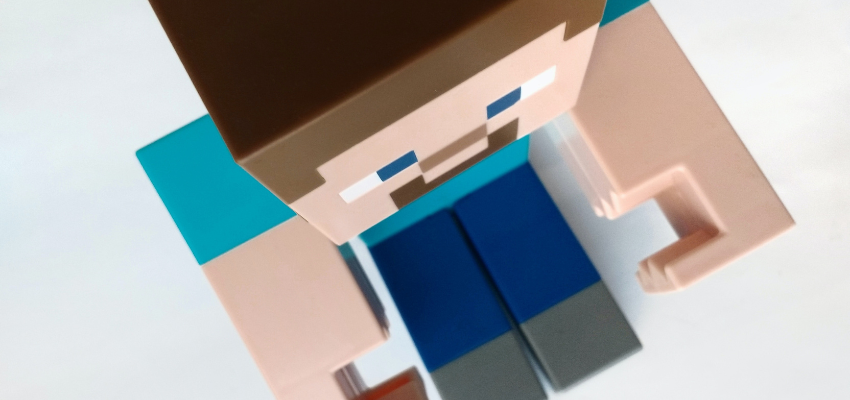The following posts have been individually constructed from my personal teaching philosophy document. This post is part 5 in my teaching philosophy series.
To date, I have published:
- Part 1, My introduction
- Part 2, Navigating my path to university
- Part 3, Pursuing university via the Enriched Support Program
- Part 4, Life after graduation
My career seemed to take off at Carleton University and I ended up with a full-time position as the Reference Services Administrator of Research Support Services (RSS). My time in RSS presented me with valuable opportunities to explore my own interests. One pivotal experience was my involvement in facilitating an Enriched Mini-Courses Program session titled “Building the Future: Minecraft and LeBreton Flats“. This session had a profound impact on the development of my teaching philosophy.
Minecraft in the library
In 2015, the library acquired approximately 30 Minecraft license keys for a history professor’s courses. Armed with the knowledge of these resources, I proposed a morning session that encouraged students to leverage Minecraft as a tool for delving into local history and current events. At the time, libraries were evolving into spaces that extended beyond books and journals. My pitch aimed to introduce elementary and high school students to the educational, research, and collaborative potential of gaming.

We urged students to participate in a project that would immerse them in a local initiative known as the LeBreton Flats Redevelopment Project. Spearheaded by the National Capital Commission (NCC), this project had shortlisted four developers, each of whom had published their proposals for public scrutiny. Guided by the criteria established by these four proponents, I challenged the students to research and propose their own visions for the space. To facilitate this, I designed a scale replica of LeBreton Flats within Minecraft, providing students with the canvas to construct their proposed plans at a 1:1 scale.
Using games to rethink about education
This endeavour marked my first opportunity to rethink education and approach learning as an immersive experience. The project empowered students to become authorities on their LeBreton Flats redevelopment designs, drawing inspiration from the area’s rich local history, including its ties to logging and the railway industry.

Undoubtedly, this project was a mix of excitement and trepidation, for it was uncharted territory for both me and the department. The endeavour hinged on the expertise of our university’s Information Technology Services department and the technology itself. There was a genuine risk of failure, but I refused to let that deter me from pursuing innovation and progress. To our delight, the session exceeded expectations, and I was subsequently approached by Public Works, the Ottawa Carleton District School Board, and the Ontario Library Association’s technology branch to present our project to other library professionals and educators.
Something worth sharing
While I have always been willing to share my ideas and educational materials with others, this was the first time I felt that something I had created was truly valuable to share with a wider audience. I have carried this approach forward by producing content that is easily replicable by individuals both within and outside the institution. My only request is that if you make modifications, please share your feedback so that I can continue to enhance the material itself.
Lesson 4: Good enough is good enough to start.
Lesson 5: Anything new has potential risks, we do not grow without risks.
Lesson 6: Embrace the risk of failure, good things come from it.
Lesson 7: Learning can be fun!
Header photo by Nina Rivas on Unsplash

